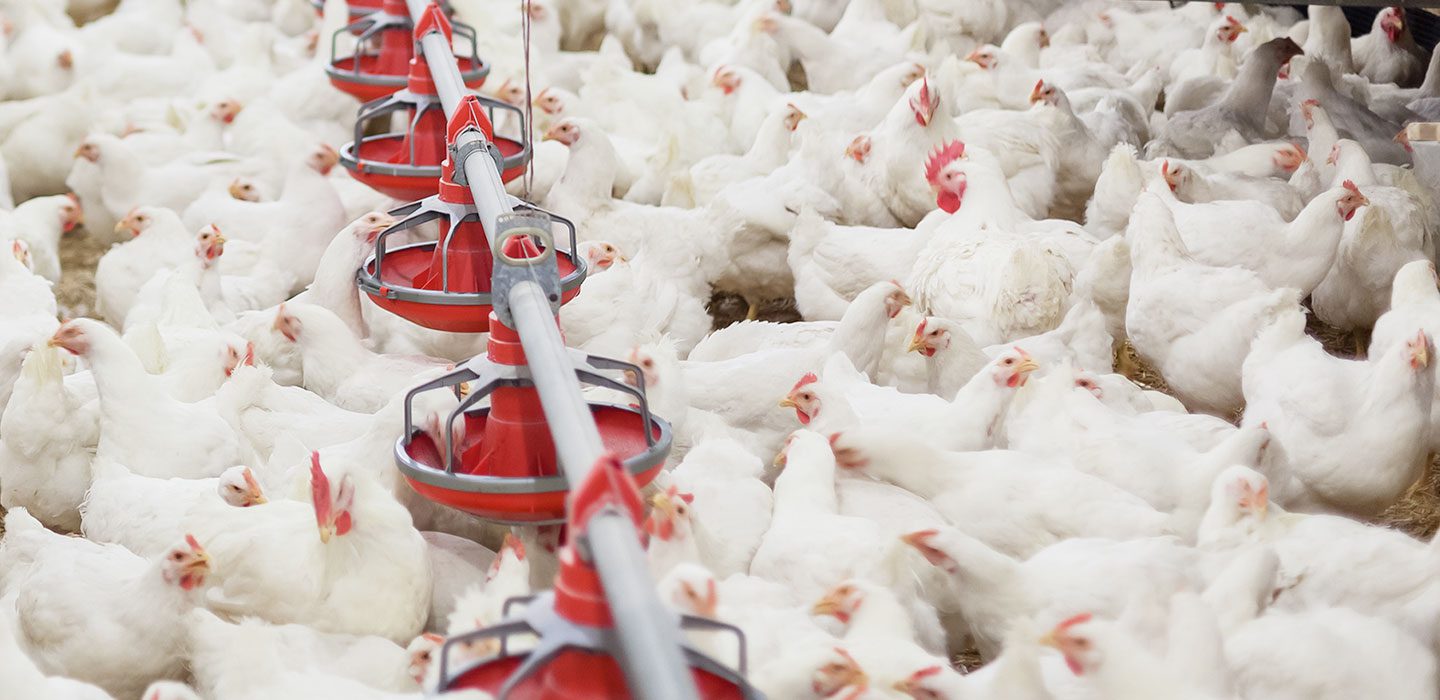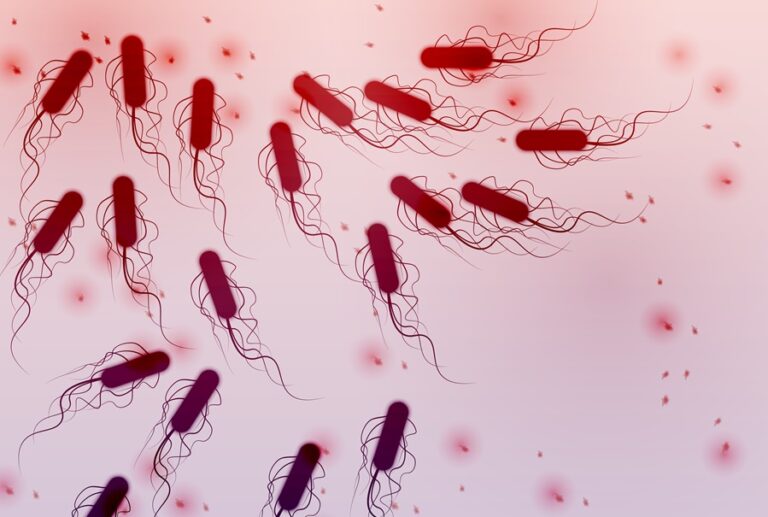Trypsin Inhibitors: What Pigs Eat Can Negatively Impact Performance

By Jeremiah Nemechek, Ph.D., Technical Services Manager
In the ever-tightening economics of swine production, the industry is reexamining long-held assumptions—particularly those surrounding soybean meal (SBM), a cornerstone of pig diets. One often-overlooked risk is the presence of trypsin inhibitors (TIs), naturally occurring anti-nutritional compounds in soy-based ingredients.
Trypsin inhibitors are proteins that interfere with the action of trypsin and other proteolytic enzymes in the small intestine, hindering protein digestion and negatively impacting amino acid digestibility1. Found predominantly in soybean and other legumes, TIs are known to decrease amino acid digestibility, cause pancreatic stress and reduce feed efficiency. Their presence is not new to swine nutritionists, but recent research suggests the industry may be underestimating their prevalence and impact.
A key finding from NOVUS lab analyses along with research from Kansas State and Iowa State universities, revealed significant variability in TI levels across commercial SBM sources. Some SBM samples tested as high as 11.1 mg/g, compared to lows of 1.2 mg/g2. For nutritionists and feed mills, this means that TI concentrations in SBM can differ by nearly 10-fold—undermining the consistency of diet formulations even when using a “standard” ingredient.
Why does this matter? Controlled nursery trials3 demonstrated a clear, negative relationship between increasing TI levels and average daily gain (ADG), average daily feed intake (ADFI) and feed efficiency. Pigs fed diets with TI levels above 1.22 TIU/mg saw reduced growth performance even with minimal impacts on intestinal and overall pig health. These findings were affirmed in a separate study by researchers at Kansas State4. The study found that nursery pigs fed soybean meal in complete feed with TI from 1.4 TUI/mg to 2.1 TIU/mg saw a 7% decrease in weight gain, a 5.4% decrease in feed intake, and a 3-point increase in feed conversion ratio.
While there is a belief that some level of TI is acceptable without intervention, these studies show that even a small amount of TI can have a big impact. Ultimately, the cost of ignoring TIs is paid in pig performance, while the value of addressing them is gained in better nutrient utilization and positive outcomes you can see in the herd.
One way to address this challenge is through enzymes that work to “unlock” nutrients in feed like soybeans. NOVUS conducted a study in 20255 of 96 piglets fed diets that were low or high in TI and with or without a protease (as CIBENZA® Enzyme Feed Additive). The pigs fed the high TI diet without the protease saw a 15% drop in ADG compared to those fed a high TI diet supplemented with the protease. The feed conversion ratio for those pigs fed high TI without the added enzyme was 14 points higher than that of pigs fed a diet of high TI and the protease.
For the swine industry, the message is clear: what we don’t see in our SBM specs may still be hurting our pigs. As research brings focus to anti-nutritional factors like trypsin inhibitors, proactive testing and formulation adjustments that include intelligent nutrition solutions will be key steps forward in precision swine nutrition.
References
1. NOVUS internal findings, 2017
2. NOVUS analysis lab samples, 2024
3. Miller et al., 2025 Iowa State University
4. Collier et al., 2025 Kansas State
5. Reolon et al., 2025. Presented at 35 Reuniao Annual do CBNA

Intelligent Nutrition for Your Business
More science. More insight. More inspiration. More ways for you to feed the world.



